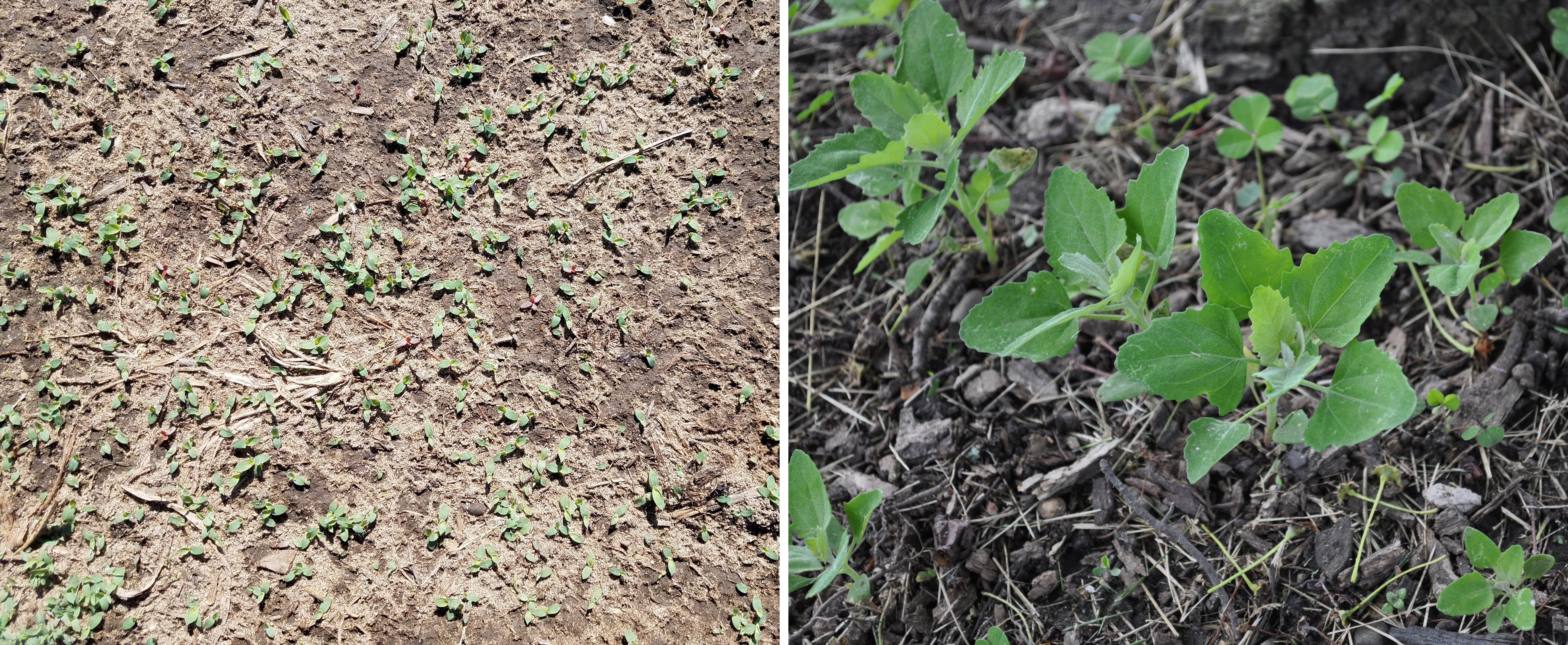Southwest Michigan vegetable update – July 1, 2020
Downy mildew is still a concern, but so could powdery mildew.

Weather
Temperatures for the week at the Southwest Michigan Research and Extension Center ranged from 76 to 91 degrees Fahrenheit for highs and 55 to 70 F for lows. The 50 F degree-day units are at 1,025 for 2020 compared to 844 for 2019 and 1,055 for the five-year average. Rainfall across the area for the week was between 0.9 and 1.75 inches.
Crop reports
Pepper planting is nearly complete. Growers are waiting on final plantings for suitable weather to minimize transplant shock. Ideal conditions may not happen for a while since hot, dry, sunny conditions are in the forecast for the next several days.
Early sweet corn is silking and corn earworm is present but currently at low numbers. European corn borer is active and developing ears need protection. Products that protect against European corn borer will also protect against earworm. Be sure to spray when honey bees are not actively collecting pollen.
Downy mildew continues to be active and at this time is mostly a concern for cucumber, cantaloupe and watermelon. The form that infects squash and pumpkins has not yet been detected. The hot, dry weather predicted over the next several days is not conducive for downy mildew spread. The warm, humid conditions we have had the past several mornings, however, is good for spread of powdery mildew. Recent mornings have been more like late July rather than late June. Powdery mildew control really starts with selecting varieties with some degree of tolerance. None is totally resistant, but having a degree of tolerance is helpful, especially in pumpkins and squash. Powdery mildew attacks leaves and fruit stems and protection is especially important in Jack-O-Lantern pumpkins, where a strong stem is desired at sales.
Limited snap bean harvest has begun
Miscellaneous
A flush of weed seedlings is currently germinating, especially crabgrass and lambsquarter. This is not surprising since many preemergent herbicides were applied six to eight weeks ago and are reaching the end of their effectiveness. Depending on the extent of the problem, you may have to apply post-emergent products.

Be cautious when spraying pesticides over the next several days due to the high temperatures and potential inversions. Be sure any spray material has a chance to dry prior to the temperature reaching 85 F, otherwise there could be foliar and fruit burning. This limits spray activity to early in the morning or later in the evening. Calm winds could lead to temperature inversions that trap volatile herbicides like 2,4-D and dicamba close to the ground and could seriously affect non-target plants.



 Print
Print Email
Email

